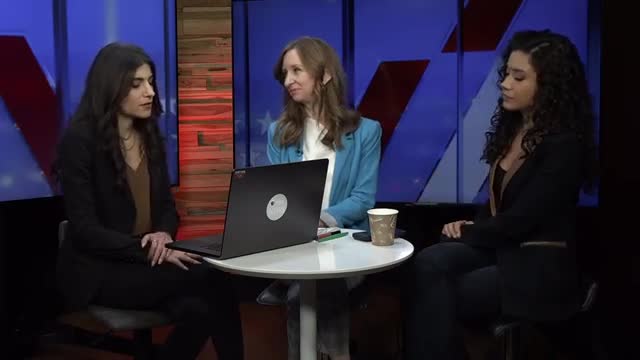Voter turnout dips as election restrictions take toll
This article was created by AI summarizing key points discussed. AI makes mistakes, so for full details and context, please refer to the video of the full meeting. Please report any errors so we can fix them. Report an error »

In a recent government meeting, officials discussed the implications of voter turnout in the ongoing election cycle, noting a slight decrease compared to the record levels seen in 2020. While the overall turnout for the 2024 elections is projected to be around 65%, a marginal drop from the 66% turnout in 2020, certain battleground states, such as Michigan, reported their highest turnout ever.
The conversation highlighted the unique circumstances of the 2020 elections, which were heavily influenced by the COVID-19 pandemic. During that time, many states implemented measures to facilitate voting, including increased access to ballot drop boxes and extended voting hours. In contrast, since 2020, 28 states have enacted voting restrictions, which may have contributed to the current lower turnout.
Participants in the meeting emphasized the importance of civic engagement, urging citizens to actively participate in the democratic process. They encouraged voters to communicate their needs to elected officials and to advocate for increased voter participation across all demographics. The discussion underscored that regardless of political affiliation, higher voter turnout is beneficial for democracy and can lead to greater accountability among lawmakers.
As the election progresses, the focus remains on mobilizing citizens to ensure their voices are heard and to foster a more inclusive electoral process.
The conversation highlighted the unique circumstances of the 2020 elections, which were heavily influenced by the COVID-19 pandemic. During that time, many states implemented measures to facilitate voting, including increased access to ballot drop boxes and extended voting hours. In contrast, since 2020, 28 states have enacted voting restrictions, which may have contributed to the current lower turnout.
Participants in the meeting emphasized the importance of civic engagement, urging citizens to actively participate in the democratic process. They encouraged voters to communicate their needs to elected officials and to advocate for increased voter participation across all demographics. The discussion underscored that regardless of political affiliation, higher voter turnout is beneficial for democracy and can lead to greater accountability among lawmakers.
As the election progresses, the focus remains on mobilizing citizens to ensure their voices are heard and to foster a more inclusive electoral process.
View full meeting
This article is based on a recent meeting—watch the full video and explore the complete transcript for deeper insights into the discussion.
View full meeting